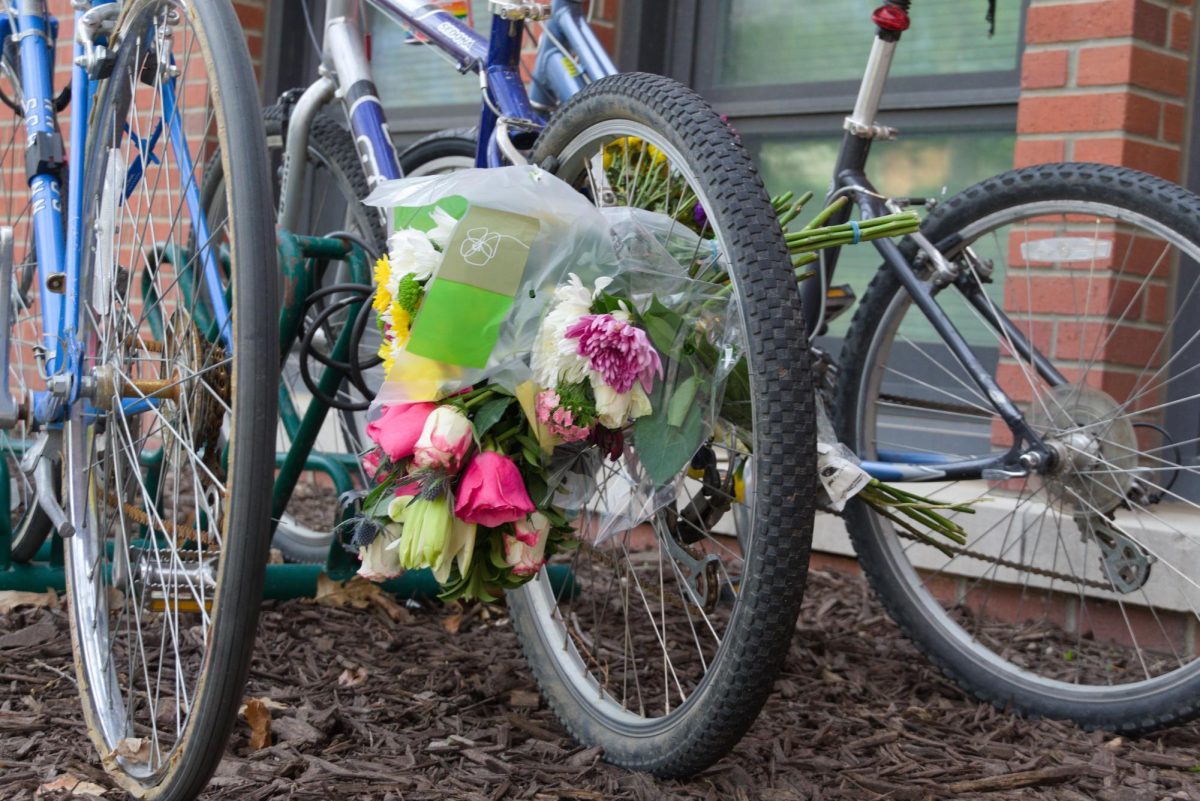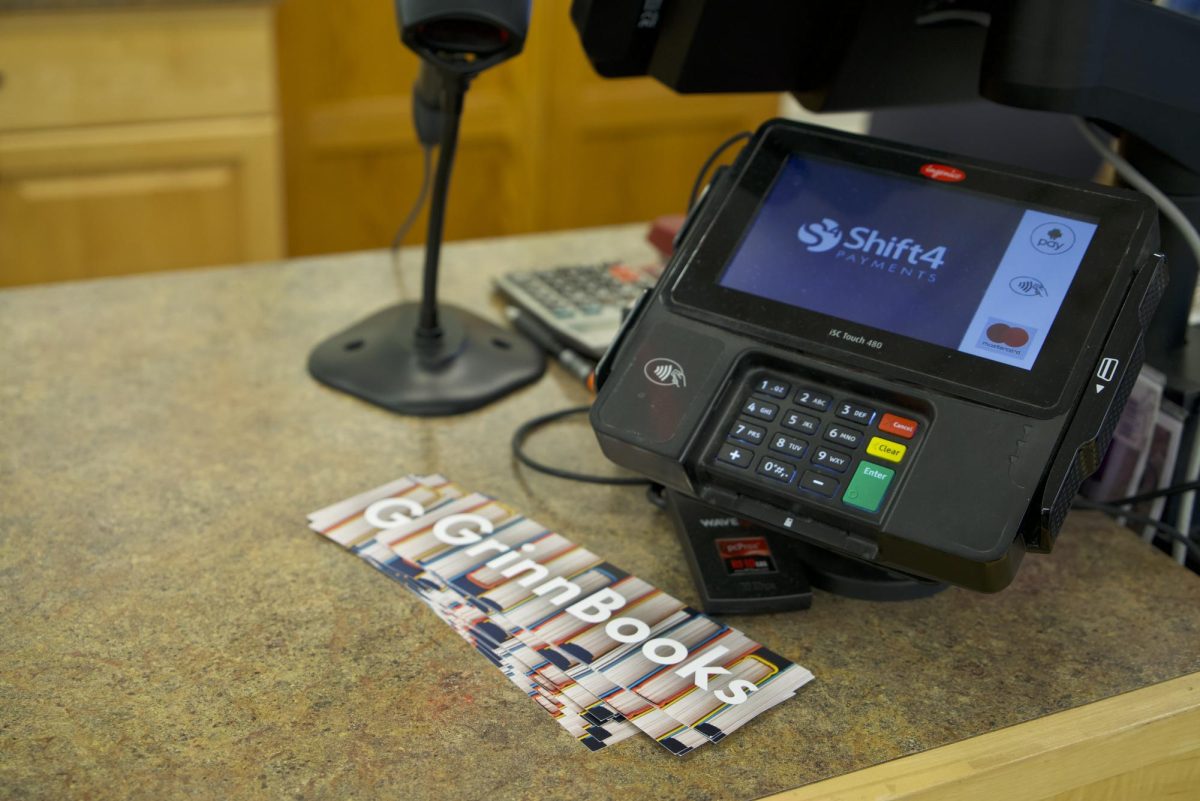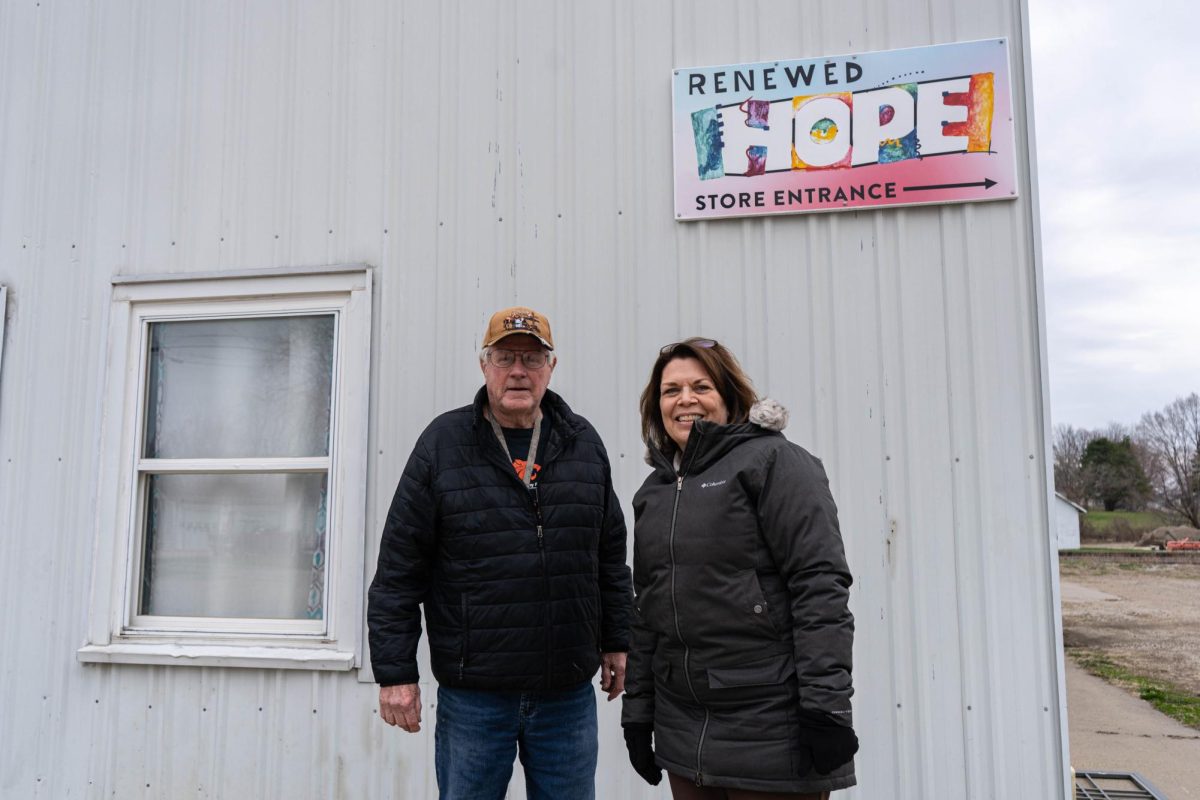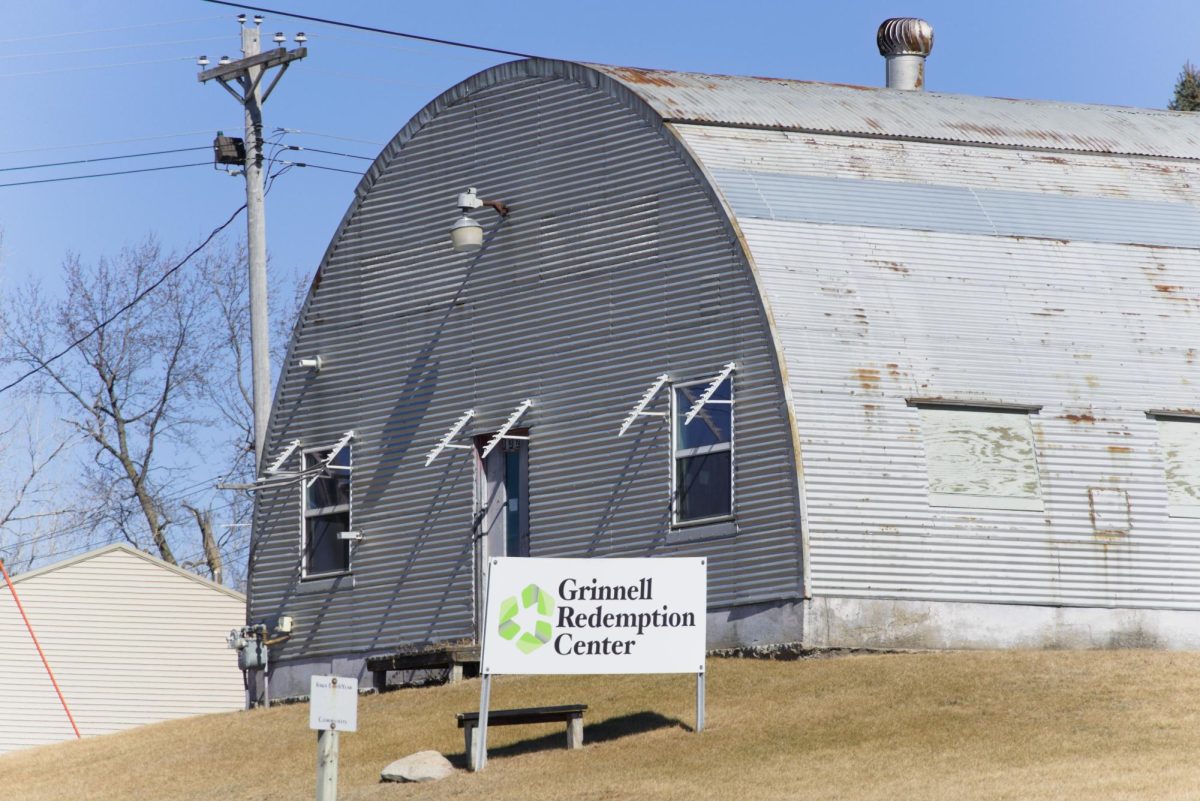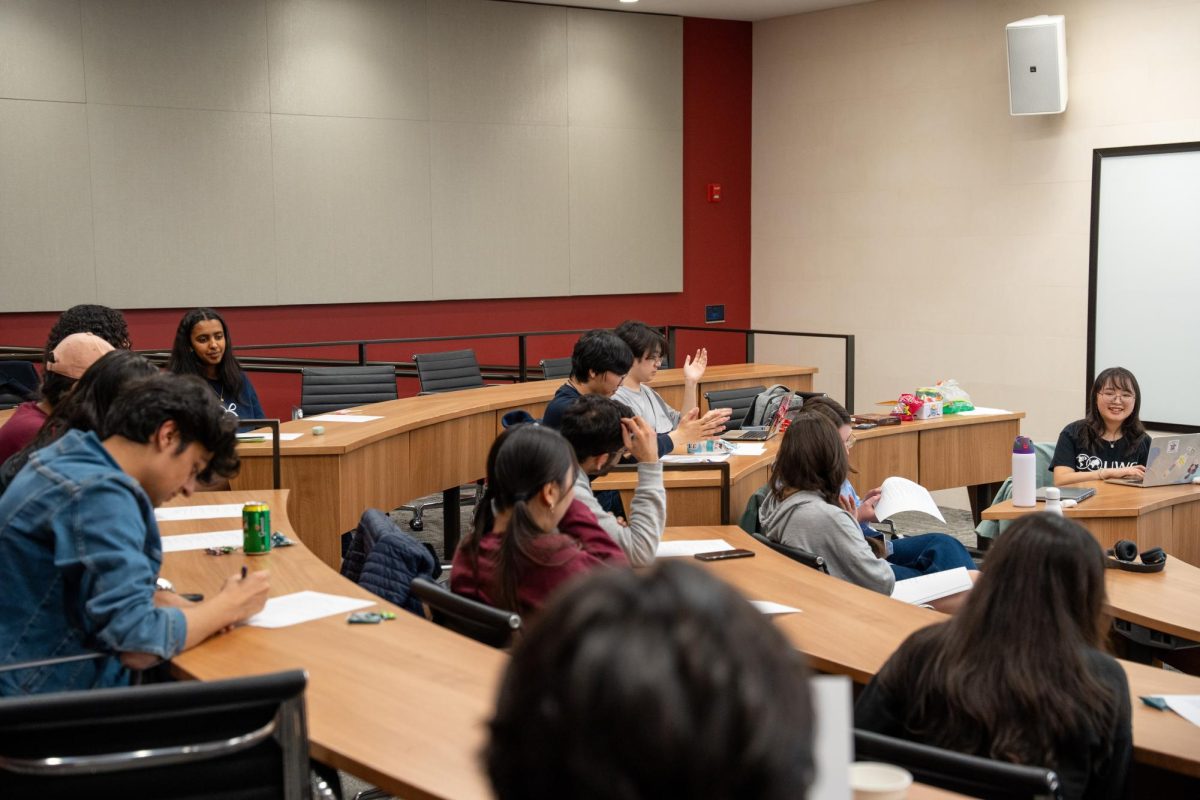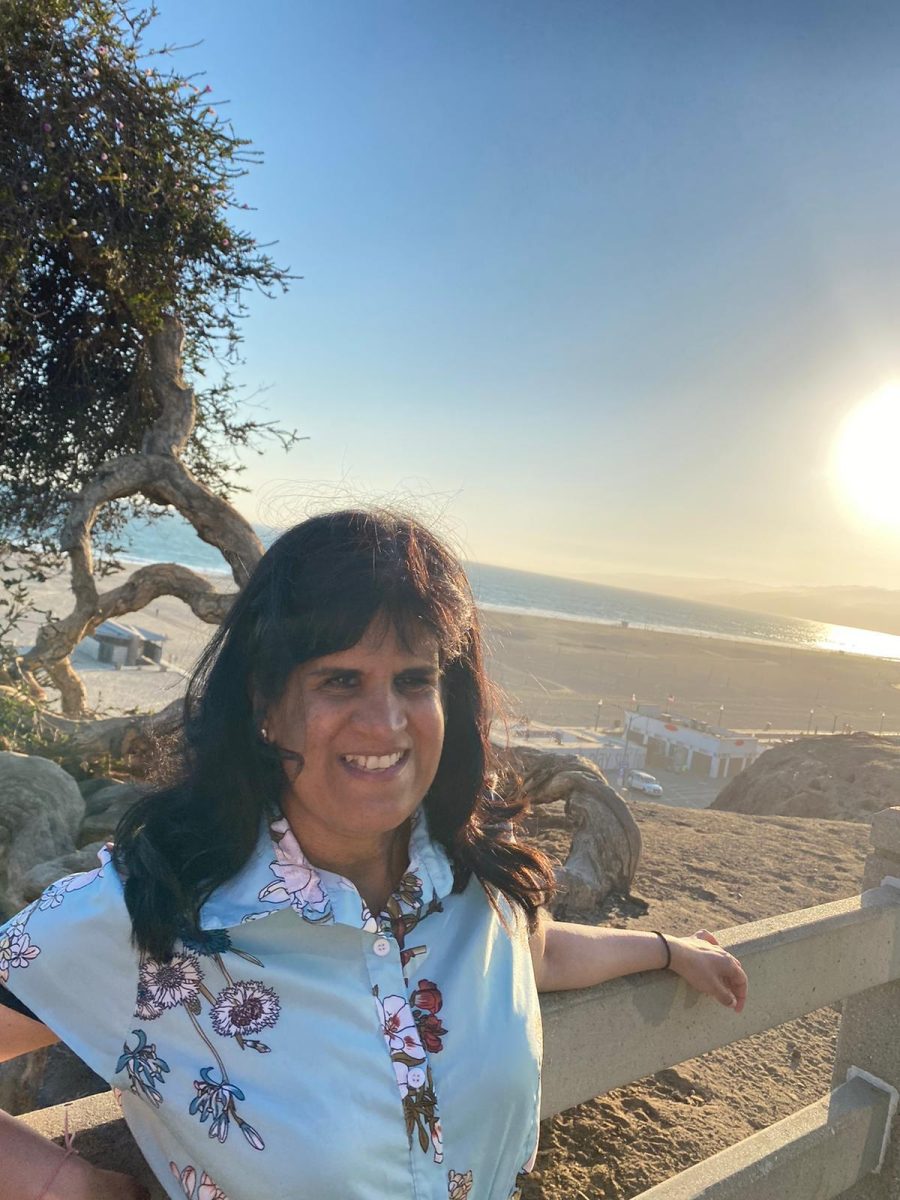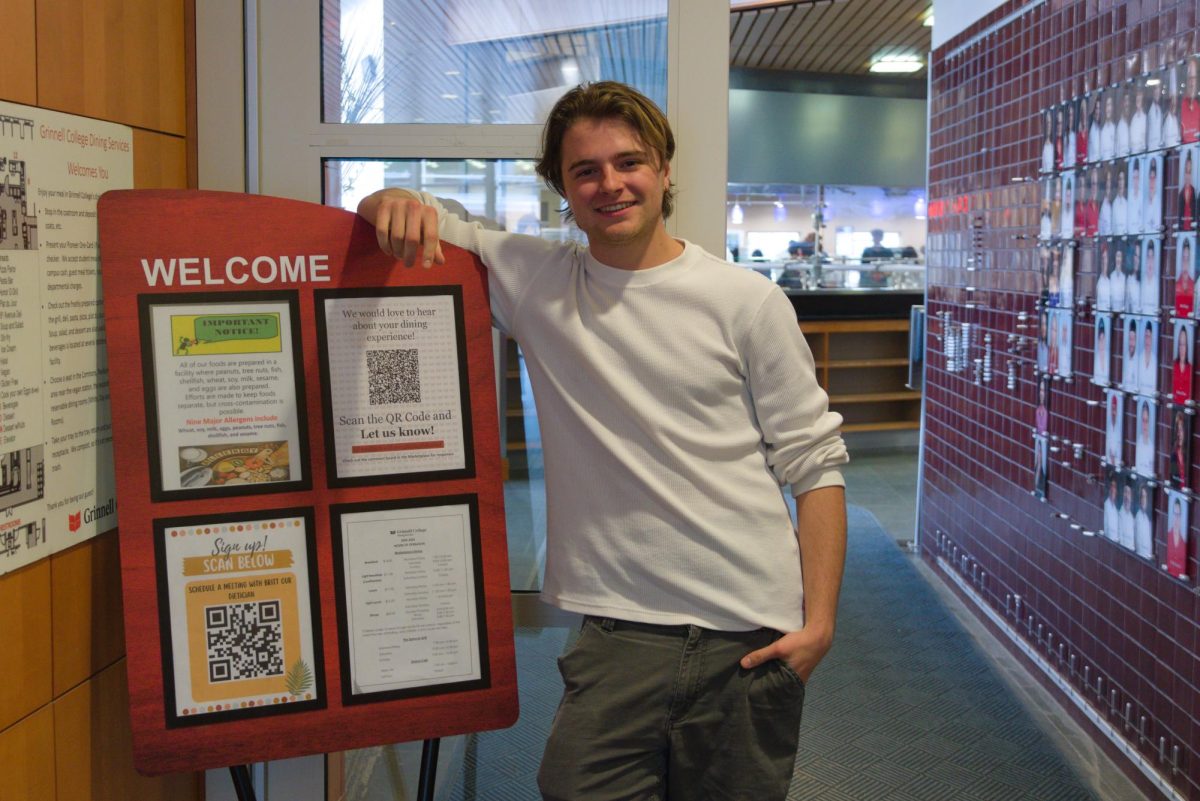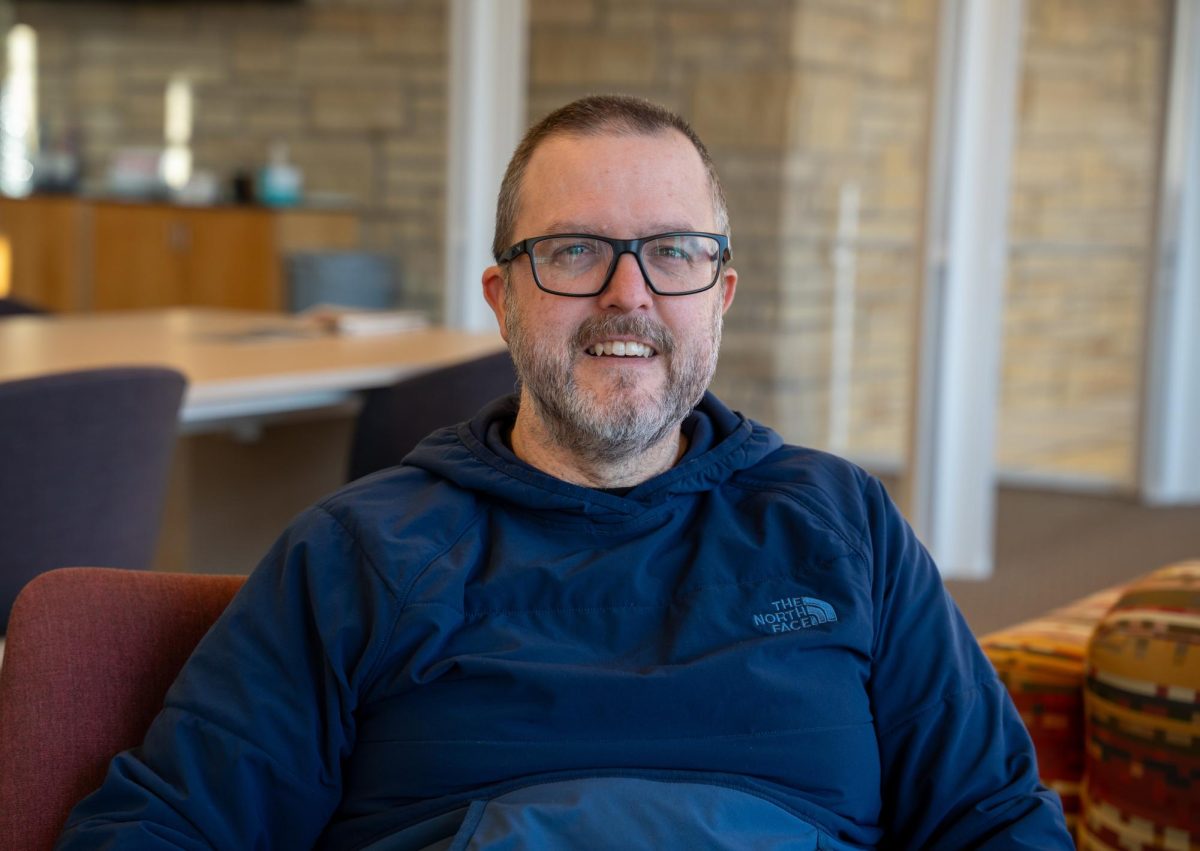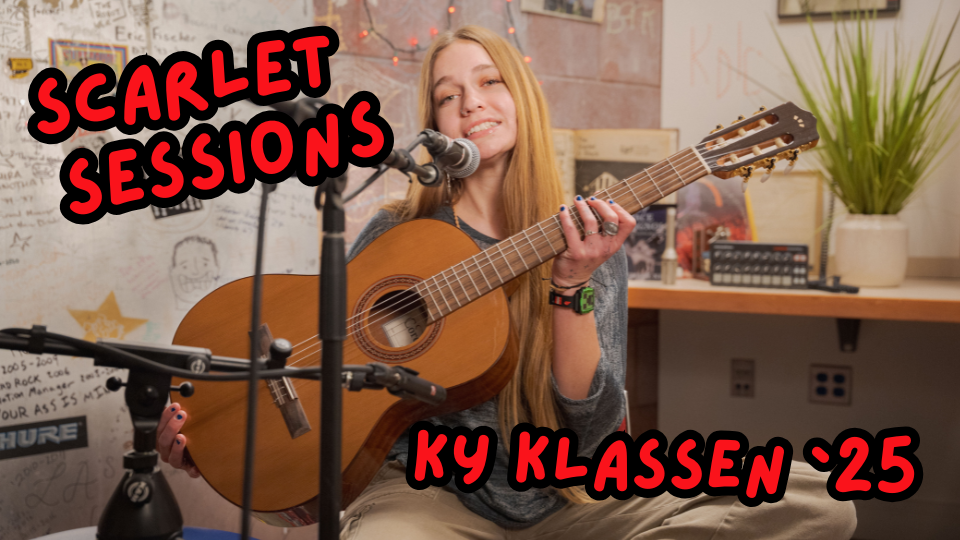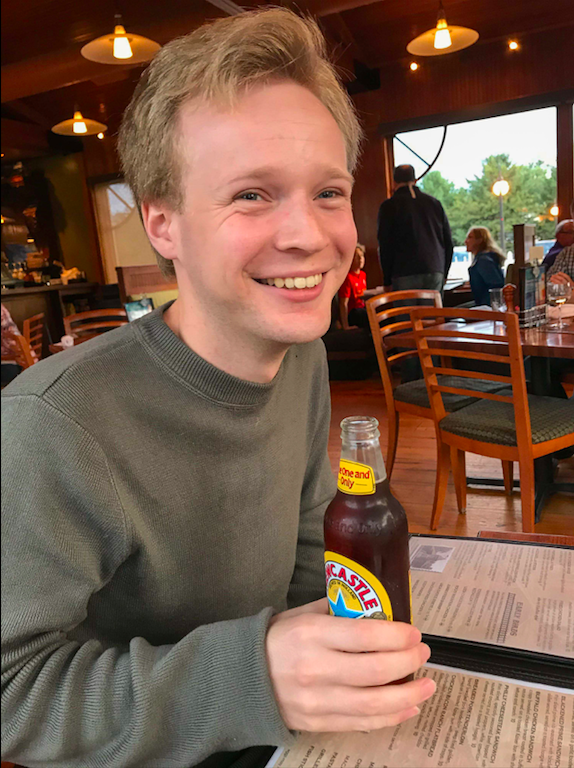I still clearly remember the first article I wrote for The S&B, starting as a freelance writer in August 2017: I interviewed Joe Bagnoli, still the vice president for enrollment and dean of admissions and financial aid, about the characteristics of the class of 2021. That was still in the pre-pandemic days of publishing a paper newspaper each week, and that meant that for the rest of that fall semester, everyone had to rush to publish each week on Thursday night.
When I joined the permanent staff as the editor of the community section in spring 2018, I went from the frying pan into the fire of weekly print publication, doing my best to put together four or five articles to fill one or two pages of real newsprint each and every week. It was fun – from the snacks to the rotating music choices to the quotes on the wall of the JRC office – and exhausting – we once worked until 4:00 a.m., and unlike some of the lucky older students, I had to attend PHY-132 at 8:00 on Friday mornings. But most importantly, it gave me the opportunity to learn new things and meet new people.
Over the next three years, my work at The S&B has continued to do just that: spur me on to new experiences, new information, and new friends. In the classroom, I studied math and computer science, with a few other classes in Spanish, sociology, and a few other disciplines. So the people with whom I worked at The S&B, for the most part, were people who I would not have met in other situations. These people taught me a lot about Grinnell, from the existence of a secret staircase in the JRC (one of three secret staircases I now know about on campus), to the best ways to interact with and get information from administrators.
And if what I learned from S&B colleagues was invaluable, some of the things I learned from writing stories were surprising and astounding. It’s safe to say I have conducted more than 100 interviews over four years, and I have learned everything from the legal reasons why a president might be forbidden from pardoning themselves to how much the College collects each year in room and board – more than $12 million before the pandemic. While reporting for The S&B, I learned better than most how to navigate the College’s administrative structure, and I came to understand how and why inertia sometimes accumulates. Hopefully, I’ll be able to use the knowledge as I move on to pursuits outside journalism.
More important than anything else, though, working at the S&B helped me develop my critical thinking skills. In that first article I wrote, I mostly reported facts, and though I asked some good questions, I didn’t dive as deeply into the issues as I should have. Four years of experience, an amazing volume of feedback from editors and dozens of stories later, I think I’ve gotten better asking the right questions and thinking critically about how they are answered.
If I have a message to leave, that is it. Grinnell prides itself on having students who “ask hard questions and question easy answers.” No Grinnell institution does that better than The S&B. And while it isn’t always easy, either for the questioners or for those taking their own medicine and being questioned, it’s worth it. The more transparent and widely accessible information, about any topic, is, the more people will have the opportunity to try to use that information to create new ideas, to challenge assumptions, and to make the world a better place.
Your eyes are not deceiving you: that’s a five-comma sentence, including an Oxford comma, written by a journalist and nominal disciple of the AP stylebook. Why? Because much like The S&B’s militant belief in astrological explanations for phenomena big and small, that’s one dogma I’ll be happy to be leaving behind. In the meantime, the Scorpios among you should feel free to maintain your strengths of resourcefulness, bravery, passion and stubbornness – whatever those even mean – if it makes you happy. And the Leos among you should be creative, passionate, generous and cheerful to your hearts’ content. Who knows? There may be a new opiate of the masses on the block.
